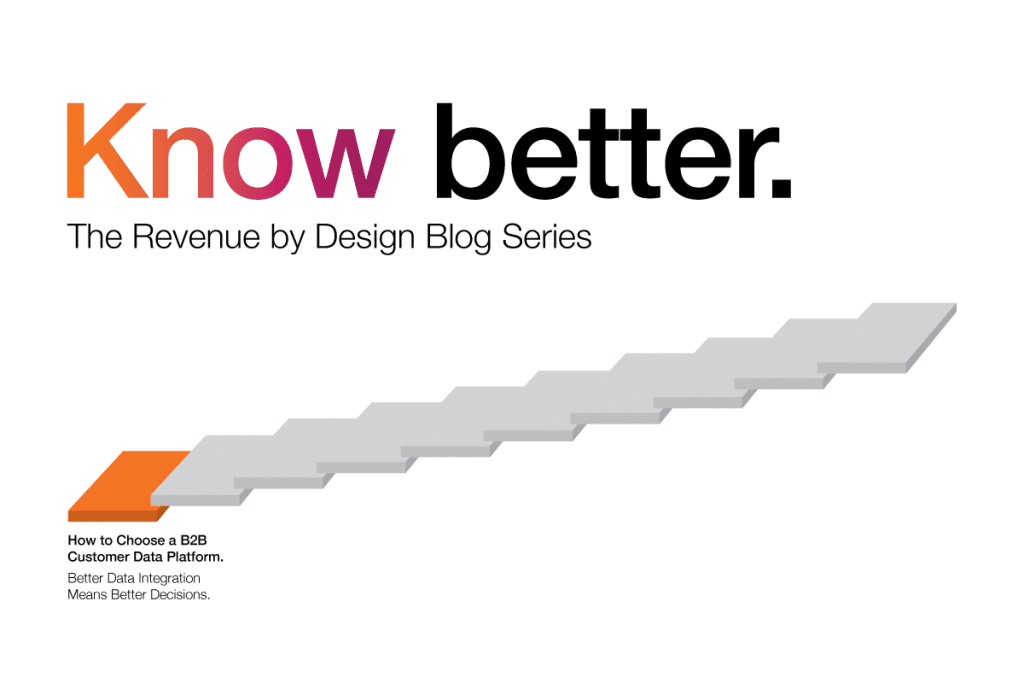B2B Marketing and Sales leaders are constantly looking for the next innovative method to give them a competitive edge—particularly in driving revenue for their business. If you work in sales or marketing, there probably hasn’t been a day where you have not heard about implementing or operationalizing intent data to target and engage your prospects effectively.
But what is Intent data?
According to SalesIntel, “Intent Data is the set of behavioral signals that helps you to understand the intention of your prospects to purchase a product or service.”
It is collected from a web users’ observed behavior – specifically web content consumption – that provides insights into their interests. This insight often correlates to potential intent to take a specific action. For B2B businesses, these signals along with the context for who is the person searching might be a very valuable way to learn if your target accounts or their buying teams are inching closer to a conversion. Let’s take a closer look.
What Are Intent Signals and How to Use Them?
Intent signals are indicators that identify accounts that are actively researching your products on the web. This type of data can be used in a martech tool to score intent for current accounts you are trying to reach.
In platforms like a B2B customer data platform, these signals can supplement other scores like propensity and persona to give quite a comprehensive picture for running targeted campaigns and building strong buyer models.
Here are the five of the most common use cases:
1. Automated Outreach: Marketing automation and lifecycle management platforms can be set up to track first-party behavioral data and build out a lead scoring model. For example – adding weightage to certain high intent pages on the site in the model can help identify the surging accounts and automate the initial sales outreach.
2. Sales Prioritization: Adding intent data into the Sales data mix gives reps an extra layer of accuracy when prioritizing which leads and accounts to go after first. Assuming Sales already have accurate data on who their prospects are, intent helps them to know when is the right time to reach out. This improves sales efficiency by minimizing the time wasted on cold leads.
3. Predictive Scoring The power of predictive marketing technology relies to a great extent on how much quality data is being used. “Quality” in this case means both accuracy and relevancy— If the profiles in your database are up-to-date, intent data can be a useful additional kind of data to use when building predictive models, by providing further insights into how likely a prospect is to buy right now.
4. Personalized Marketing Campaigns: Today’s B2B customer, like their B2C equivalent, expects your company to talk to them as an individual. That personalized marketing is considerably more effective than generic. Intent data helps you run more personalized email and direct mail marketing campaigns by gaining insights into which prospects are interested in relevant topics.
5. More Accurate Targeting for Ads and ABM: Similarly, intent data can be used to provide an additional layer of accuracy to your online ad campaigns. It also can provide significant value for your ABM programs to help build accurate target account lists.
If you’d like more information about how intent works and what to look for in a vendor – download this resource to learn the 5 key things you need to know about intent data to win.



